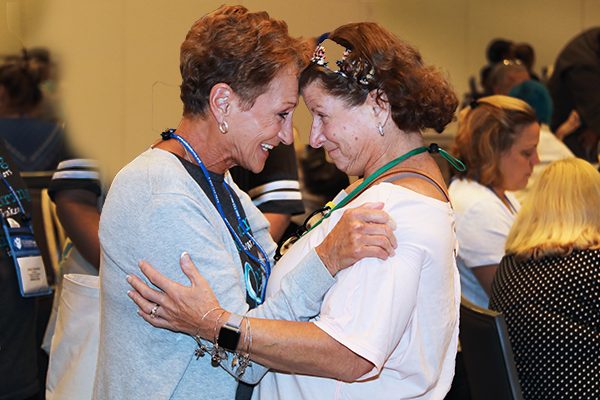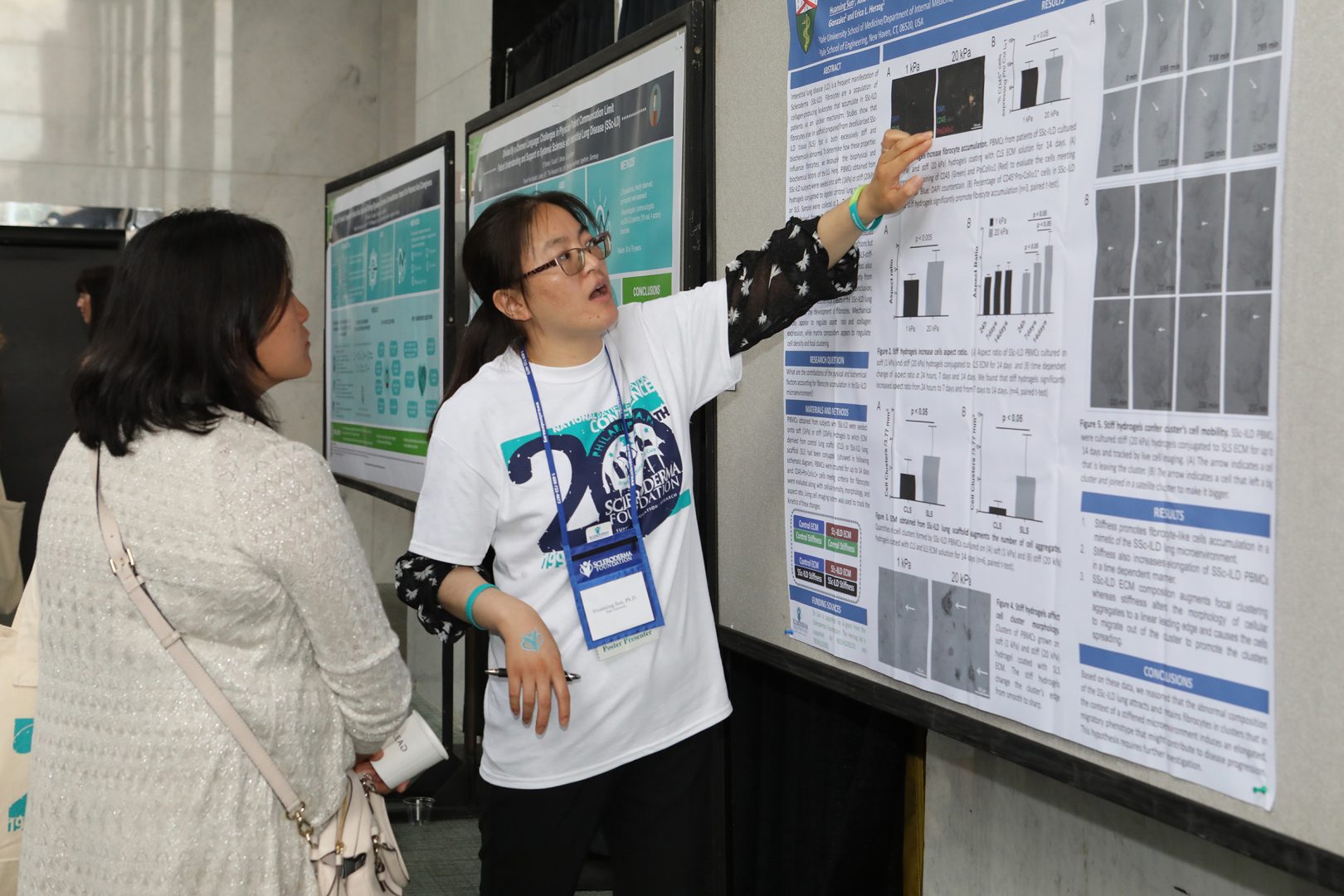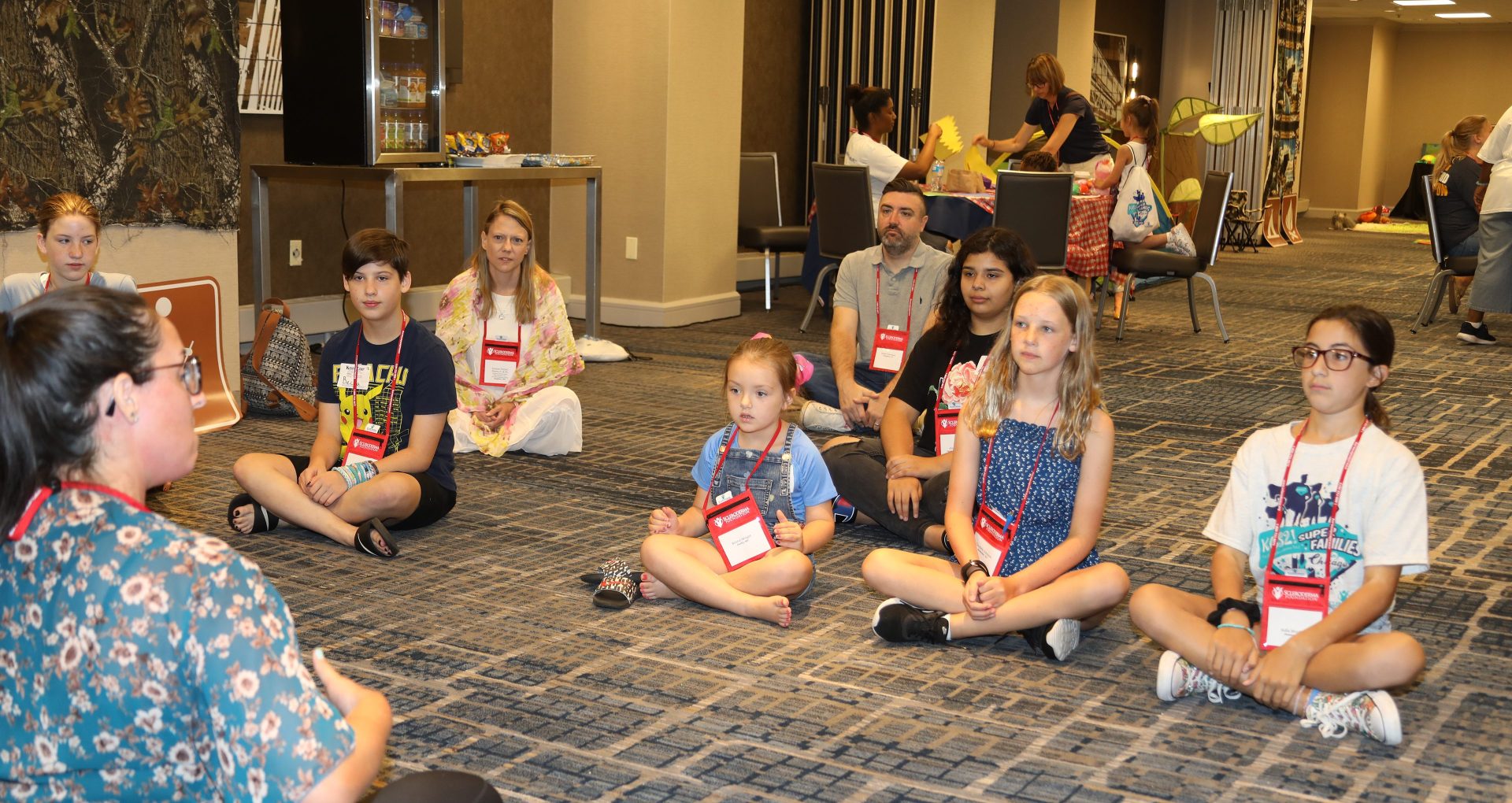Additional Testing
If your child has several signs and symptoms that suggest localized scleroderma, your doctor may suggest tests to make the correct diagnosis. Tests also help check how much your child’s skin and deeper tissues may be affected.
Blood tests check for markers of inflammation, muscle injury, and autoantibodies (signs of autoimmune disease).
Biopsy is a test where your doctor snips a small piece of skin tissue to look for signs of inflammation and scar tissue under a microscope.
If the diagnosis is not clear, biopsy helps us look for other causes.
Ultrasound of the skin, fat, fascia (deeper tissues), and muscles can check for inflammation and other changes.
Magnetic Resonance Imaging (MRI) is taken inside a tube-like machine. MRI gives us a detailed look at skin, fat, fascia, muscle, tendons, and joints. It may show inflammation, as well as how structures deep inside the joints and muscles look. MRI allow us to scan a larger area of the body than ultrasound.
- Imaging: MRI of the brain shows changes in the white matter tissue and blood vessels
- Dental X-rays (Panorex) looks for problems in roots of the teeth and overall tooth health. Dental exam checks you for changes to gums, teeth, or jaw.
- Eye exam to check for inflammation or dryness.
Are There Any Genetic Tests or Markers Identified for Localized Scleroderma?
Right now, there are not genetic tests or blood markers that can determine whether you have localized scleroderma for sure.
Researchers are working hard to find these clues and develop new tests. They are studying the DNA of blood and spit, and the RNA of skin of people living with scleroderma.
Genetic typing or “genotyping” are tests that look for differences in a person’s DNA or genes compared to other people.
One gene “marker,” the Human Leukocyte Antigen (HLA), is involved in how the immune system works. HLA genes are being identified in people with localized scleroderma when compared to healthy people.
What about more specific tests for genes that may cause or trigger localized scleroderma? We still don’t know what genes may play a role. But scientists are looking closely at genetic material in spit, blood, and skin that could tell us more this disease.
One exciting study is called “Trios.” It focuses on the DNA of the immune system in the saliva (spit sample) of the child with localized scleroderma. The child’s saliva DNA is compared to their Mom’s and Dad’s saliva DNA.
Scientists are trying to find out if a group of genes that are different in the child and their parents could be compared to genes found in other LS children with ‘trios.” This information may shine a light on key immune and fibrosis changes in LS.

No two scleroderma journeys are the same, but there are common experiences along the way. No matter where you, your child, or a loved one are in your journey, or the type of scleroderma, the National Scleroderma Foundation can help you find your best path.


